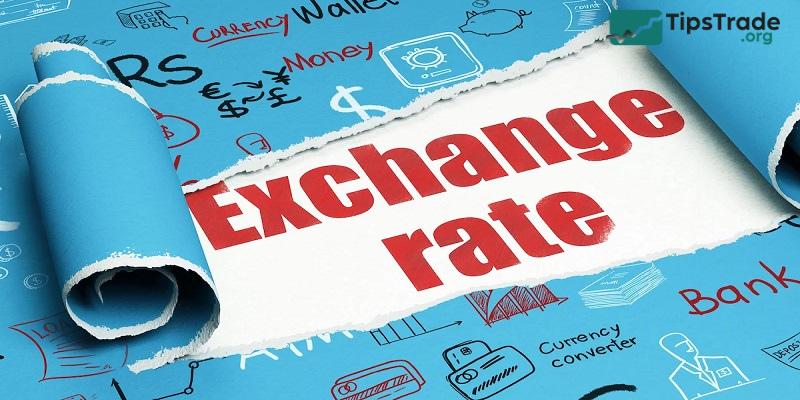The exchange rate is a common concept for both domestic and foreign investors. So what are exchange rates and what role does it play? What factors influence the exchange rate? How to read and analyze the exchange rate in Forex? All of these will be explained in detail by Tipstrade.org in the following article.
What are exchange rates?
The exchange rate is the ratio between the value of one unit of currency of one country compared to the currency unit of another country. The exchange rate is also seen as the price of the currency of one country expressed in the currency of another country. This index is commonly used in trading, international business, and foreign investment.
Example of exchange rates: The exchange rate between the United States dollar (USD) and the Vietnamese dong (VND) is 24,540 USD/VND, meaning one US dollar can be exchanged for 24,540 Vietnamese dong.
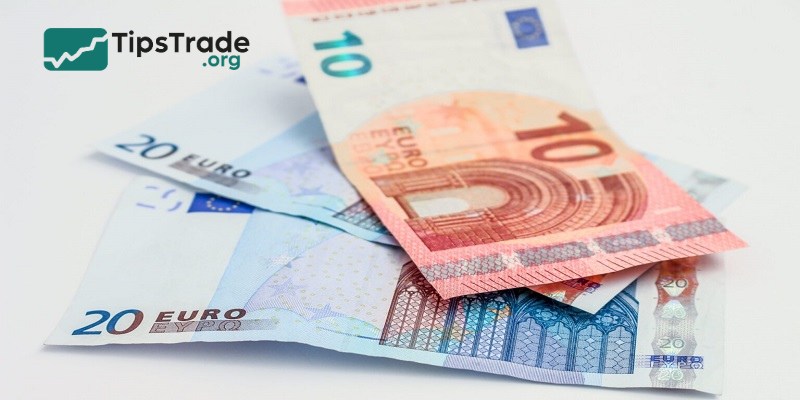
Types of exchange rates
After understanding what the exchange rate is, you should have a clearer understanding of the types of exchange rates as follows:
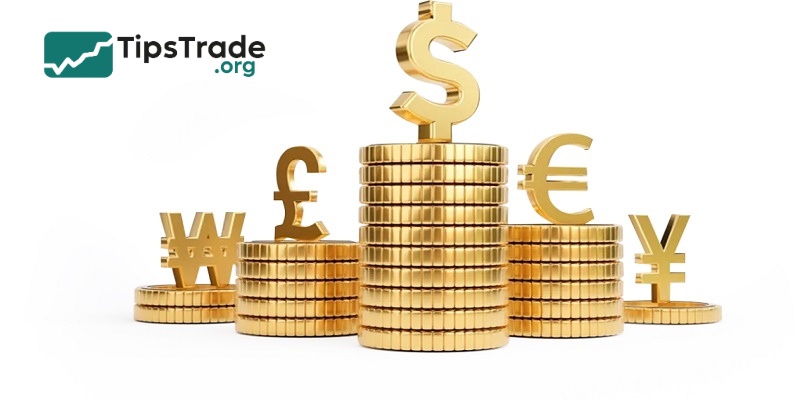
Fixed exchange rate
A fixed exchange rate is an exchange rate established and maintained by the central bank through intervention in the foreign exchange market.
This form is usually implemented by pegging the value of a currency to another strong currency such as the USD or linking it to a valuable asset like gold or silver. When the value of the reference currency changes, the fixed currency will also change accordingly.
Although a fixed exchange rate helps stabilize the financial market, it also requires the central bank to have large foreign exchange reserves to intervene when necessary. If there are insufficient resources to maintain it, the exchange rate may be sharply adjusted, significantly impacting the economy.
Floating exchange rate
Floating exchange rates are rates formed based on supply and demand in the market, with the government and central bank having no intervention. This means that the value of a currency can fluctuate flexibly according to economic, political situations, and global financial factors.
The advantage of floating exchange rates is that they help the currency respond quickly to market fluctuations, reducing the impact of economic shocks and international business cycles. However, the disadvantage is that it can lead to currency instability if the economy is not strong enough or if the foreign exchange market experiences significant volatility.
Managed floating exchange rate
Managed floating exchange rates are an intermediary mechanism between floating and fixed exchange rates. Accordingly, the currency is still allowed to float according to the market, but the central bank will intervene when necessary to control excessive fluctuations.
In practice, no currency is completely floating, as allowing the exchange rate to fluctuate freely could negatively impact the economy. Therefore, regulated floating exchange rates help balance market flexibility and economic stability, while also mitigating risks from global financial shocks.
How to calculate exchange rate
The exchange rate is expressed as a currency pair, such as USD/GBP. The currency that comes first (USD) represents one unit of that currency. The rate indicates how many units of the second currency (GBP) are needed to buy one unit of the first currency.
For example:
If the USD/GBP exchange rate is 0.80, it means that 1 US dollar is equal to 0.80 British pounds. To calculate the value of 100 US dollars converted to British pounds, you multiply as follows:
100 USD x 0.80 GBP/USD = 80 GBP
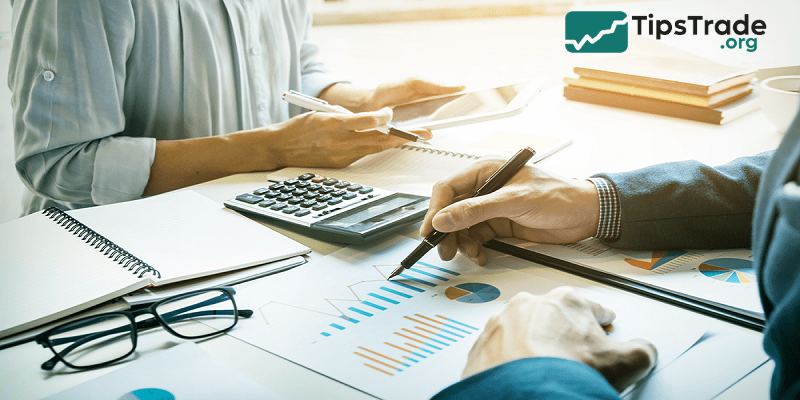
Currency conversion:
To convert from one currency to another, you simply multiply the amount of the first currency by the exchange rate.
For example:
- Converting from British pounds to euros: If you have £400 and the exchange rate is 1 GBP = 1.19 EUR, you can convert to euros by multiplying:
£400 x 1.19 EUR/GBP = €476
- Converting from euros to British pounds: If you need to pay €500 in rent and the exchange rate is 1 EUR = 0.84 GBP, you can calculate the equivalent amount in British pounds as follows:
€500 x 0.84 GBP/EUR = £420
How to read and analyze rates in Forex
As mentioned, exchange rates are expressed in the form of a currency pair, for example: USD/GBP – where GBP stands for the British Pound Sterling. The currency that comes first in the pair (USD) always represents one unit of that currency, meaning 1 USD. The exchange rate indicates how many units of the second currency (GBP) you need to buy one unit of the first currency.
This means that if the USD/GBP exchange rate is 0.80, you will need 0.80 GBP to buy 1 USD.
Factors affecting exchange rates
The exchange rate is influenced by the following factors:
Inflation
Inflation is the situation where the currency loses value, prices of goods rise high and are unstable over a long period, leading to a decrease in the value of the currency.
When a country has a higher inflation rate compared to other countries, its domestic currency will depreciate faster than foreign currencies, causing the exchange rate to increase. Conversely, if the inflation rate is low, the value of the domestic currency remains stable, reducing the exchange rate.
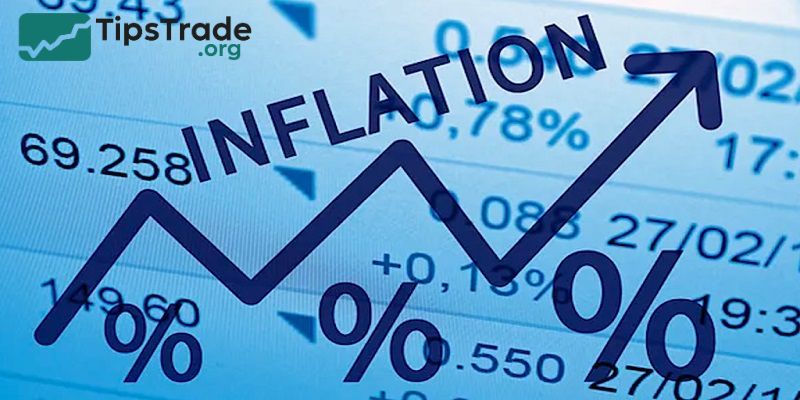
Trade
Trade is the activity of importing and exporting goods and services between countries.
When a country exports more than it imports, it creates a trade surplus, leading to an increase in monetary demand and an increase in the exchange rate. The opposite case is called a trade deficit, which reduces monetary demand and decreases the exchange rate.
National income
National income is the total value of the products and services produced by a country within a year.
When national income increases, domestic consumption and investment also rise, leading to an increase in import demand. This causes the demand for foreign currency to rise, pushing the exchange rate up. Conversely, when national income decreases, spending and import demand decline, leading to a decrease in foreign currency demand and pulling the exchange rate down.
Interest rate
The interest rate is the fee that banks pay to depositors or the fee that borrowers must pay to the bank.
High interest rates are an attractive factor for foreign investment, increasing the demand for currency and the exchange rate of a country. If interest rates are low, the demand for the country’s currency decreases, and the exchange rate also simultaneously declines.
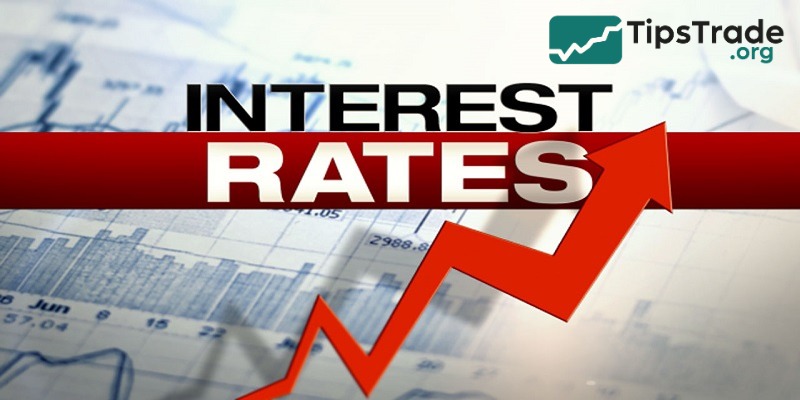
The importance of exchange rates in forex trading
The exchange rate is a core factor in forex trading. Let’s explore the importance of the exchange rate in forex trading below:
- Valuing currency pairs
Each currency pair in the forex market, such as EUR/USD, GBP/JPY, is based on the exchange rate to determine the buying and selling price. Understanding the factors that influence the exchange rate helps traders predict price trends.
- Setting Stop Loss and Take Profit levels
Based on the fluctuations of the exchange rate, traders can identify support and resistance zones to set appropriate stop loss or take profit orders. The exchange rate is also the basis for calculating pips, the value of each pip, thereby managing risk more effectively.
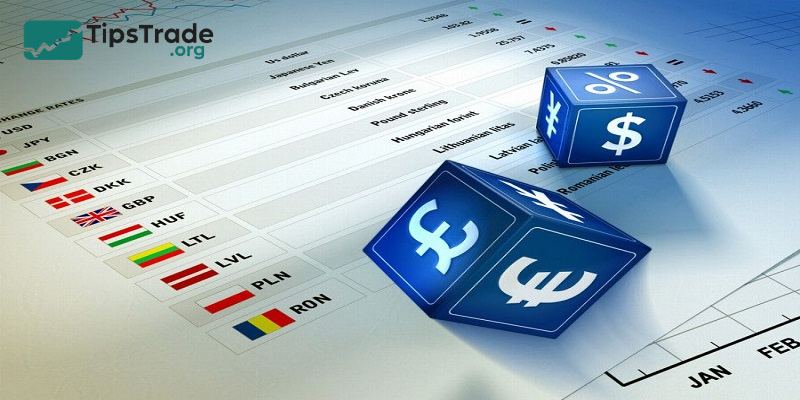
Some tools to help track exchange rates
Financial news websites and applications
- Bloomberg: One of the leading financial news sources, providing information on markets, global economic news, and in-depth analysis of financial conditions.
- Reuters: Provides business and financial news from around the world, helping investors gain an overview of the market and economic situation.
- Investing.com: A platform that offers information on exchange rates, charts, and financial news as well as technical analysis tools.
Trading platforms and market analysis
- TradingView: A platform that provides interactive financial charts and powerful technical analysis tools, allowing users to view and share charts, as well as participate in the community of traders.
- MetaTrader: One of the popular trading platforms, offering technical analysis tools and automated trading functions through trading robots.
Foreign exchange trading signal services
- ForexSignals.com: A service that provides trading signals from experts with information on when to buy and sell currency pairs in the foreign exchange market.
- DailyFX: Offers trading signals and market analysis from leading experts in foreign exchange.
Conclusion
Here is the most basic information you need to understand about exchange rates. I hope you will acquire a lot of useful knowledge to apply in life as well as in investment. Don’t forget to visit Tipstrade.org regularly so you don’t miss out on interesting knowledge in the near future.

